The Fascinating History Of The Roman Colosseum
The Colosseum is a singularly unique piece of architecture: An ancient amphitheater in the city center of Rome that dates back over 2,000 years.
In its long and varied history, the Colosseum hosted tens of thousands of spectators at a time for various public spectacles, served as a public market and living space, and endured various natural disasters. Let’s delve into the spectacle of the Roman Colosseum.
It’s built in a low valley.
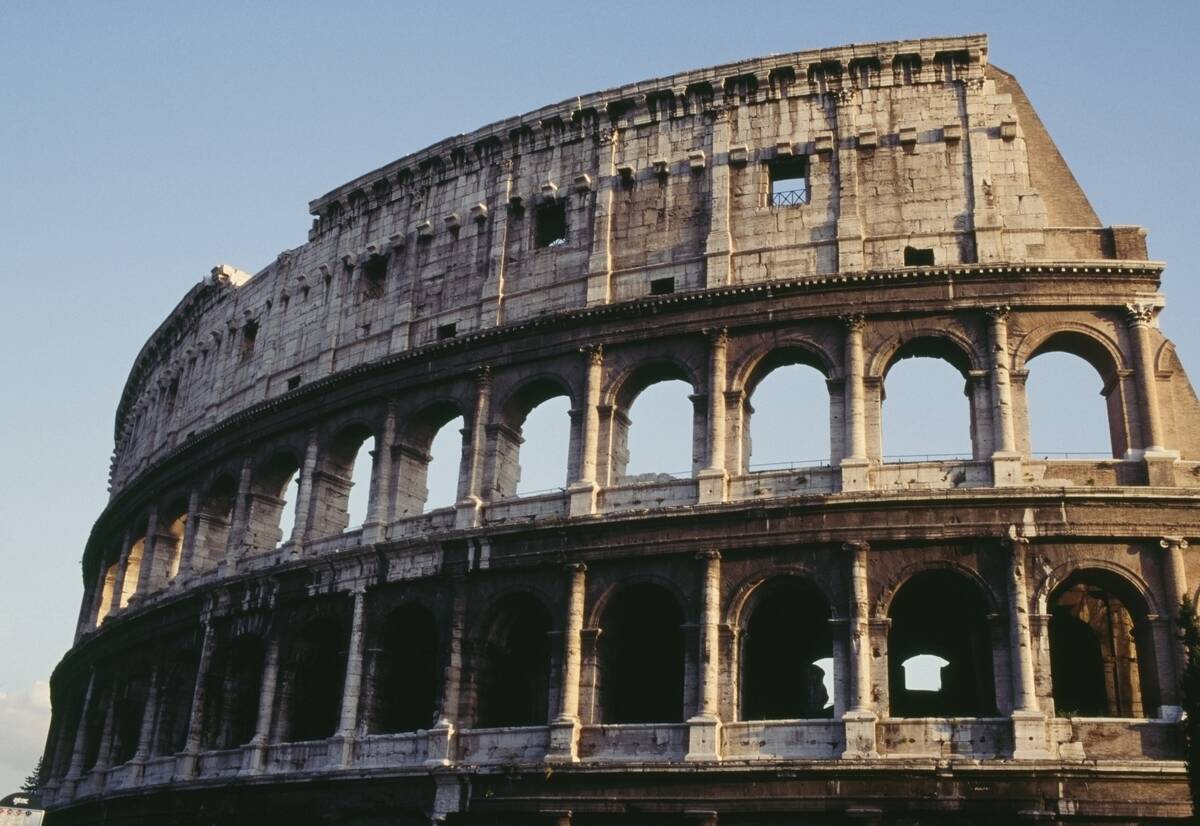
While the Colosseum was constructed on what was then the outskirts of the city of Rome, this area is central to the modern city of Rome.
The Colosseum was constructed in a flat area between the Caelian, Esquiline, and Palatine Hills under the rule of Emperor Vespasian around 70 AD, and was topped out by Vespasian’s son, Titus, about ten years later.
It was Rome’s entertainment hub.
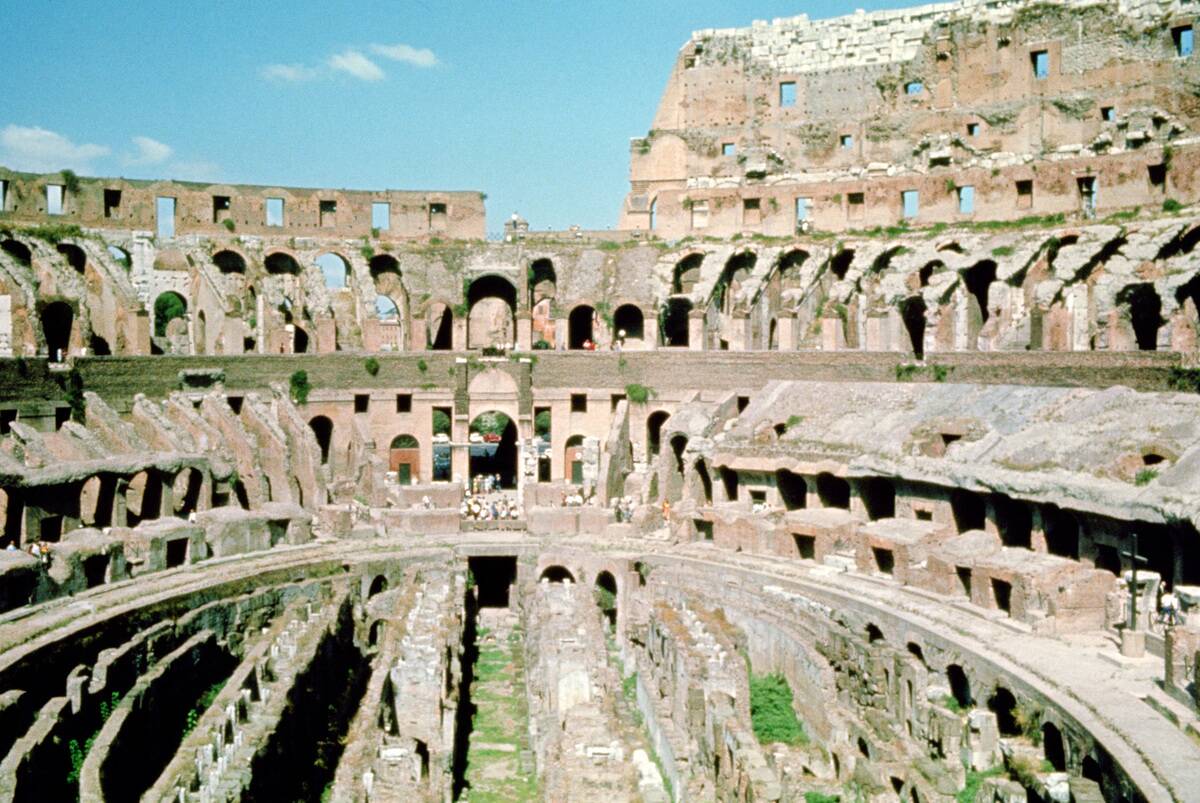
While the Colosseum was not the only stadium or amphiteatre in ancient Rome, it was comfortably the largest, and sat at the heart of the empire.
It became famous for its brutal gladiatorial contests as well as various other public spectacles, which often incorporated wild animals. In almost all cases, spectators were sure to see some form of bloodshed.
Thousands of wild animals were killed.
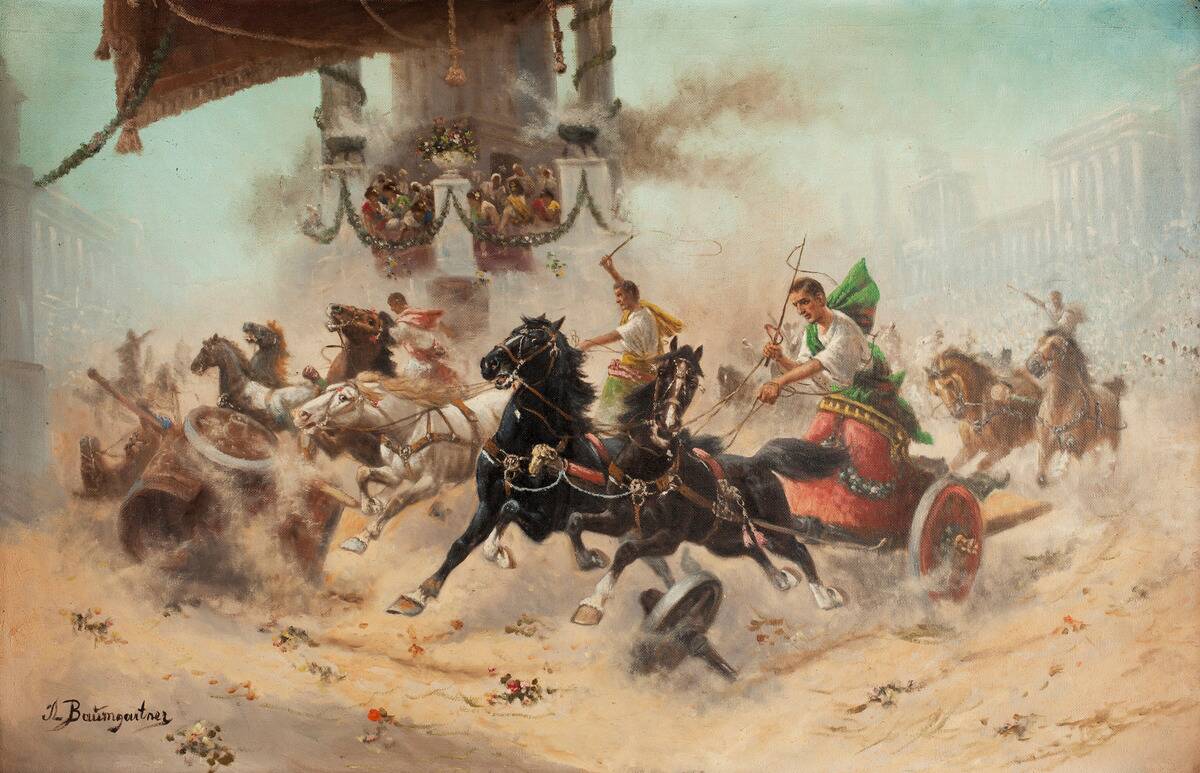
According to contemporary Roman historian Dio Cassius, the inaugural games to commemorate the newly-built Colosseum were held in 80 or 81 AD.
This must have been a brutal spectacle to behold, as Dio Cassius reports that over 9,000 wild animals were killed during just this commemorative event.
The Colosseum was a versatile venue.

While we’ll never see photographic proof of the Colosseum at its peak, the facility was capable of hosting more than just gladiatorial contests.
Historians report that the facility could be flooded to host mock naval battles on its stadium floor. It also may be the first example of a stadium with a retractable roof, as it could reportedly be fitted with a removable awning.
Its glory days eventually ended.
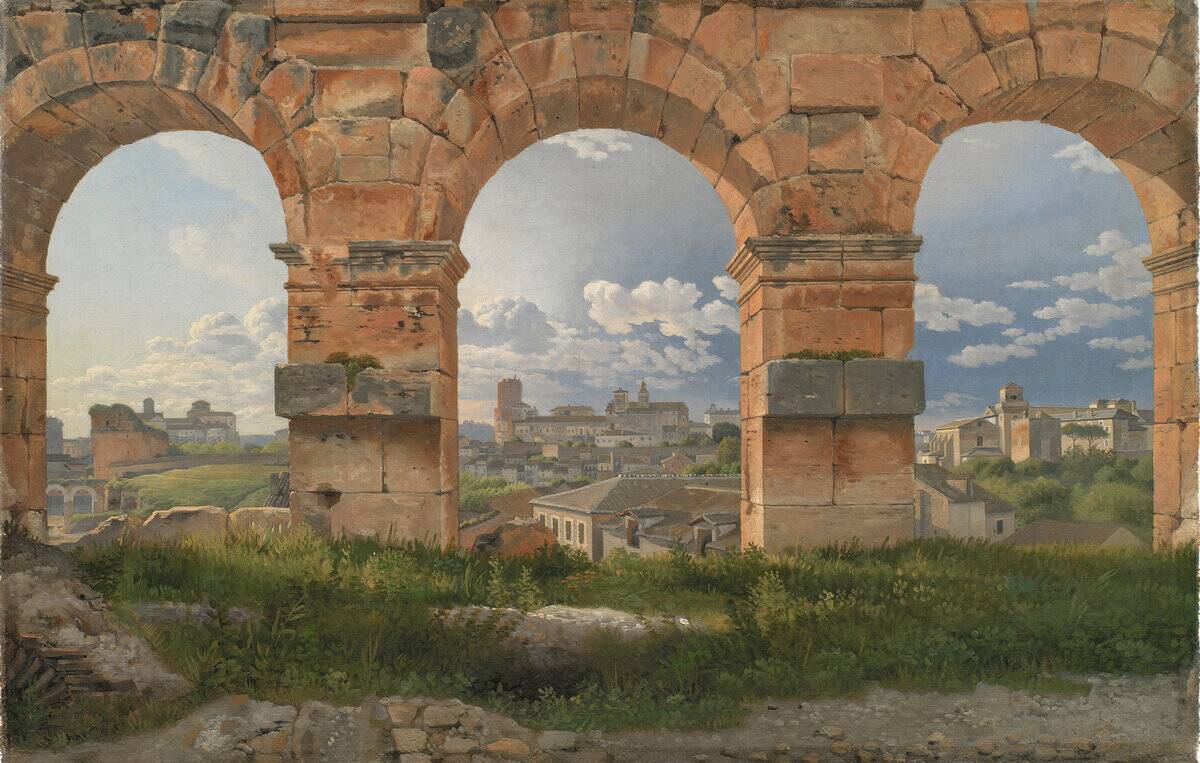
As the Roman Empire declined, so too did the Colosseum. It was badly damaged by a major fire in 217, which led to a round of repairs. Later that century, gladiatorial fights were officially banned.
It seems that the final major events at the Colosseum took place in the 6th century or so, with contests and animal hunts recorded until 523.
The medieval period saw more change.
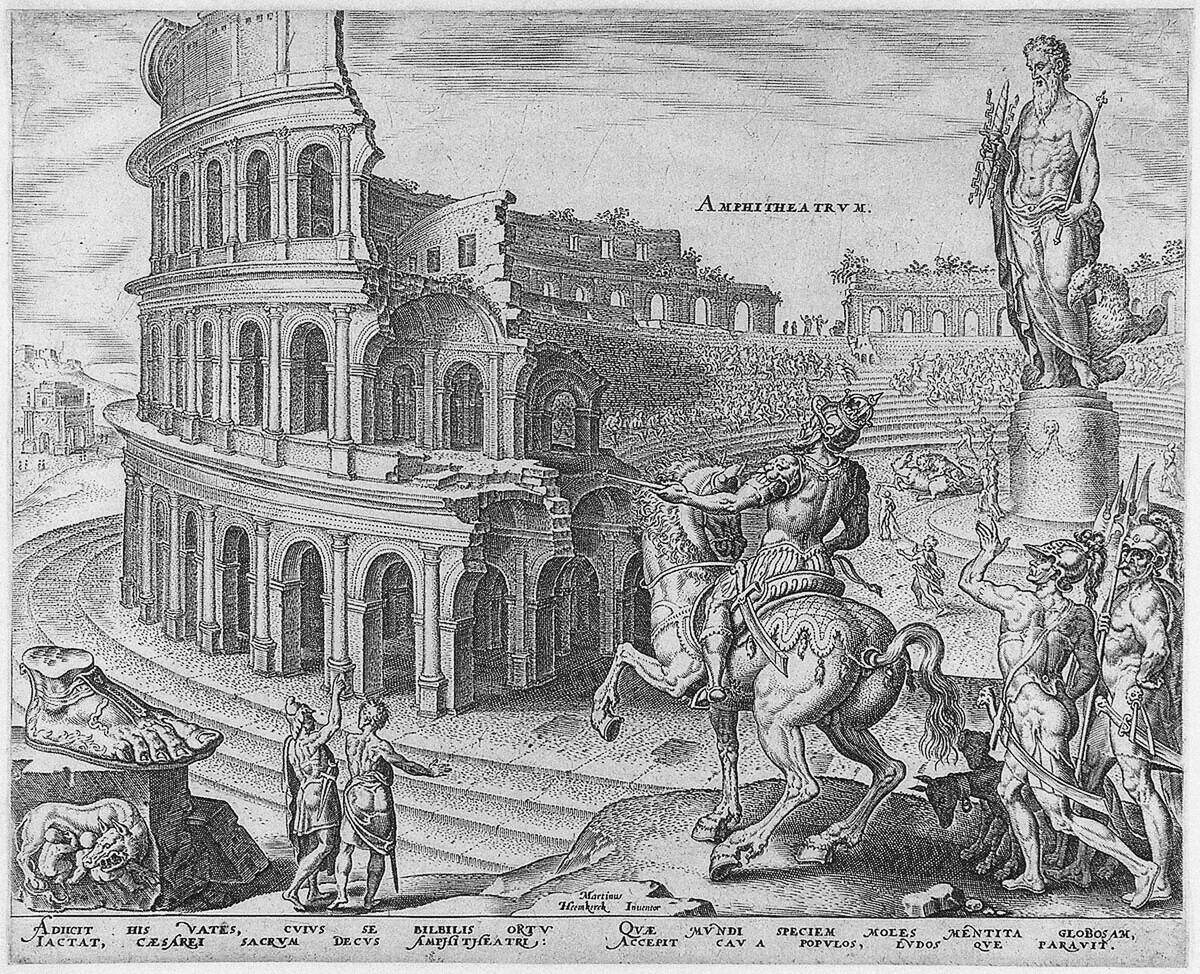
The now-crumbling Colosseum was still a landmark in medieval Rome, but its usage had changed considerably. Shortly after the final recorded animal battles, a small chapel was built inside the Colosseum’s walls.
This marked the beginning of the Colosseum’s era as a living space rather than a venue for entertainment.
It was converted into housing and workshops.

Sheltered areas under the seating bowl were used as housing and workshops during the medieval period. Later on, it was used by the powerful Frangipani family as a castle.
In the 14th century, Rome’s population dropped significantly, which caused the Colosseum to become largely abandoned, aside from bandits and members of the criminal class.
It continued to crumble.
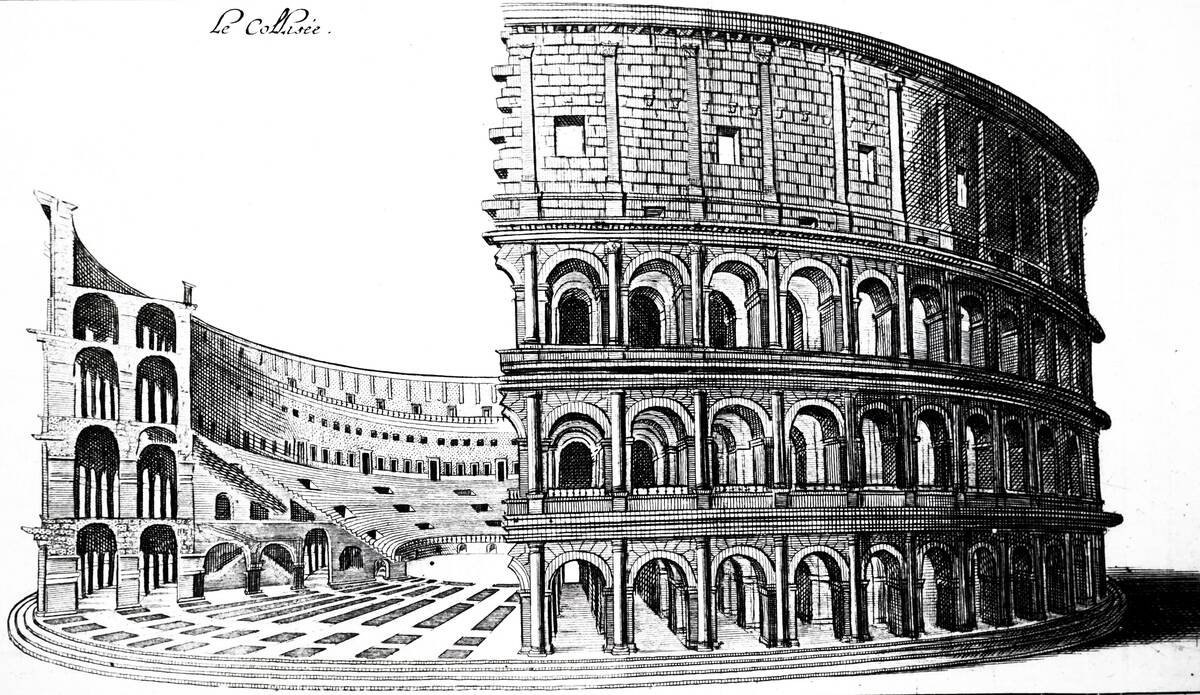
Earthquakes, fires, and looting caused the edifice of the massive Colosseum to crumble away. Eventually, during the 16th and 17th centuries, Catholic Church officials made an effort to preserve the historic site.
Various proposals included using it as a factory or a venue for bullfights, but Pope Benedict XIV decreed in 1749 the idea that the Colosseum was a sacred site where early Christians had been martyred.
This marked the beginning of the Colosseum’s modern era.
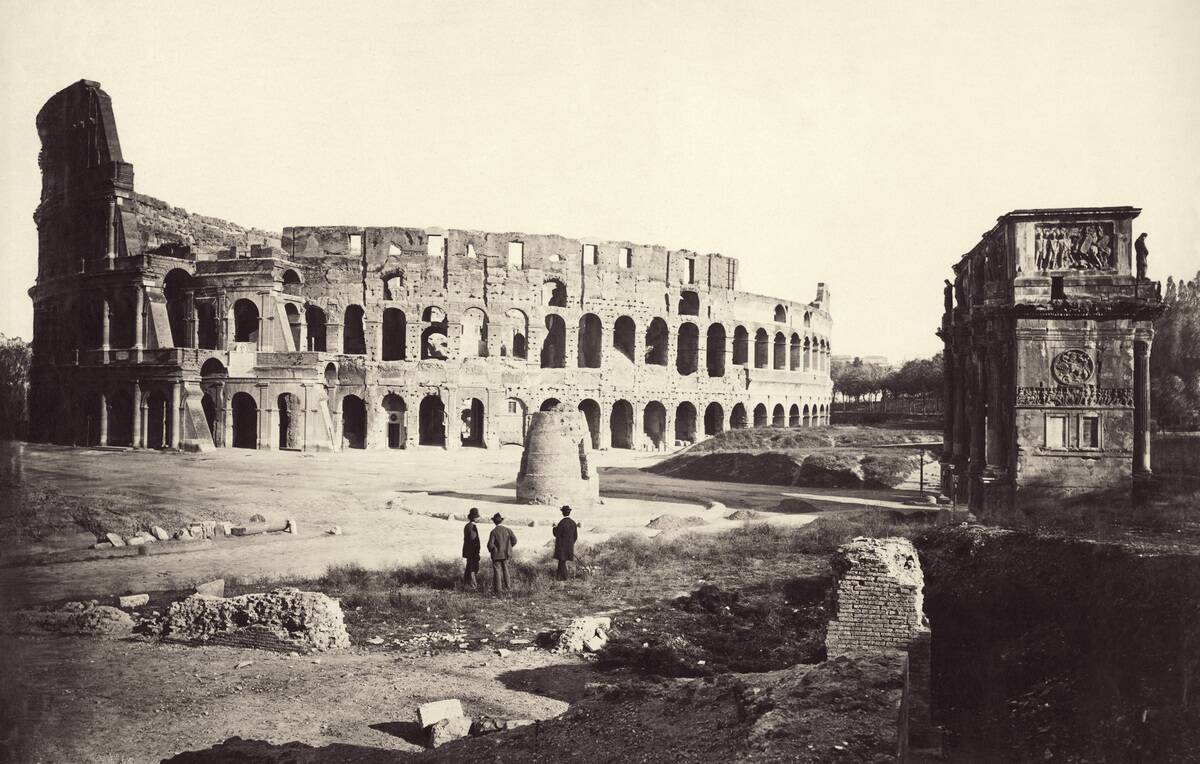
Modern historians largely agree that there’s no real historical evidence supporting the pontiff’s claim, aside from conjecture.
Regardless, this set the wheels in motion for what became the modern image of the Colosseum: An ancient site that’s to be venerated and preserved. Work in the 18th and 19th centuries removed much of the vegetation that had started to overtake the area.
Excavation work took decades.
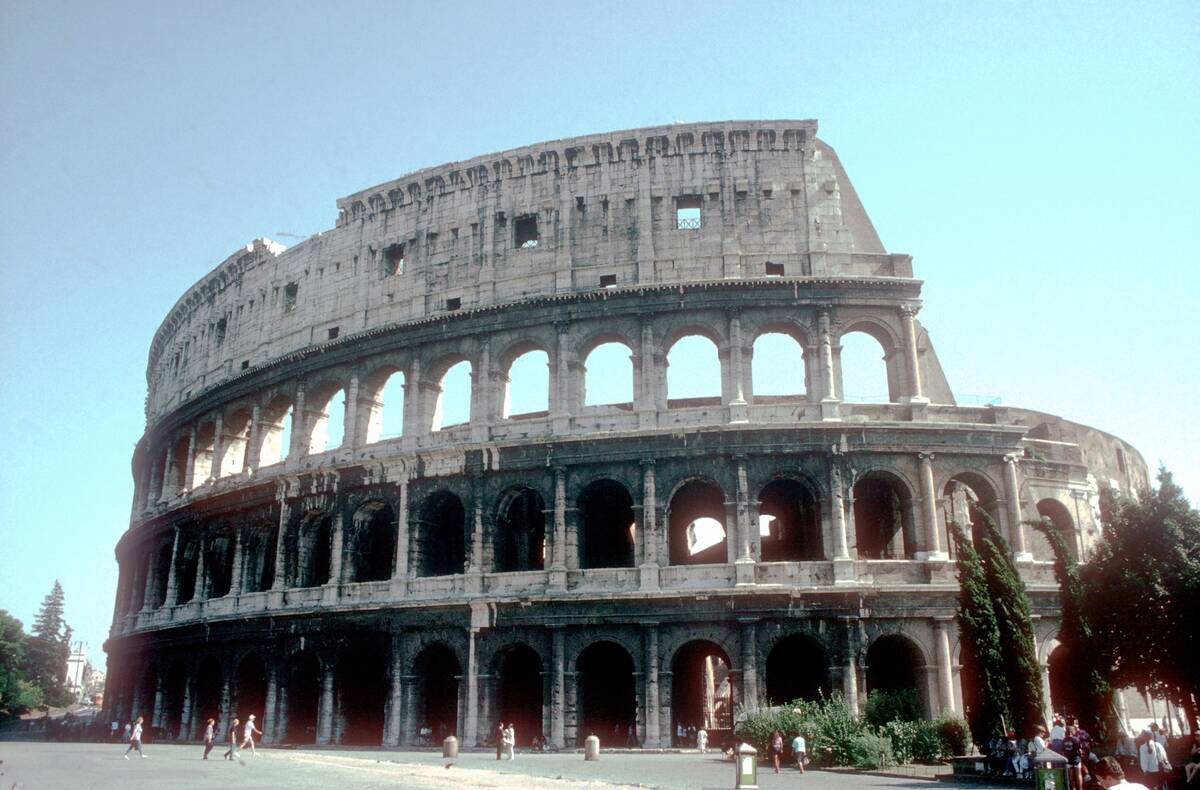
While the Colosseum was never fully covered by vegetation or debris, it had become overgrown and dilapidated. The Vatican’s work with the venue helped to remove vegetation, restore the brick, and expose the stadium’s interior.
Excavation work took place between 1810 and 1814, again in 1874, and the arena floor was finally exposed in the 1930s.
Today, it’s Rome’s most popular tourist destination.
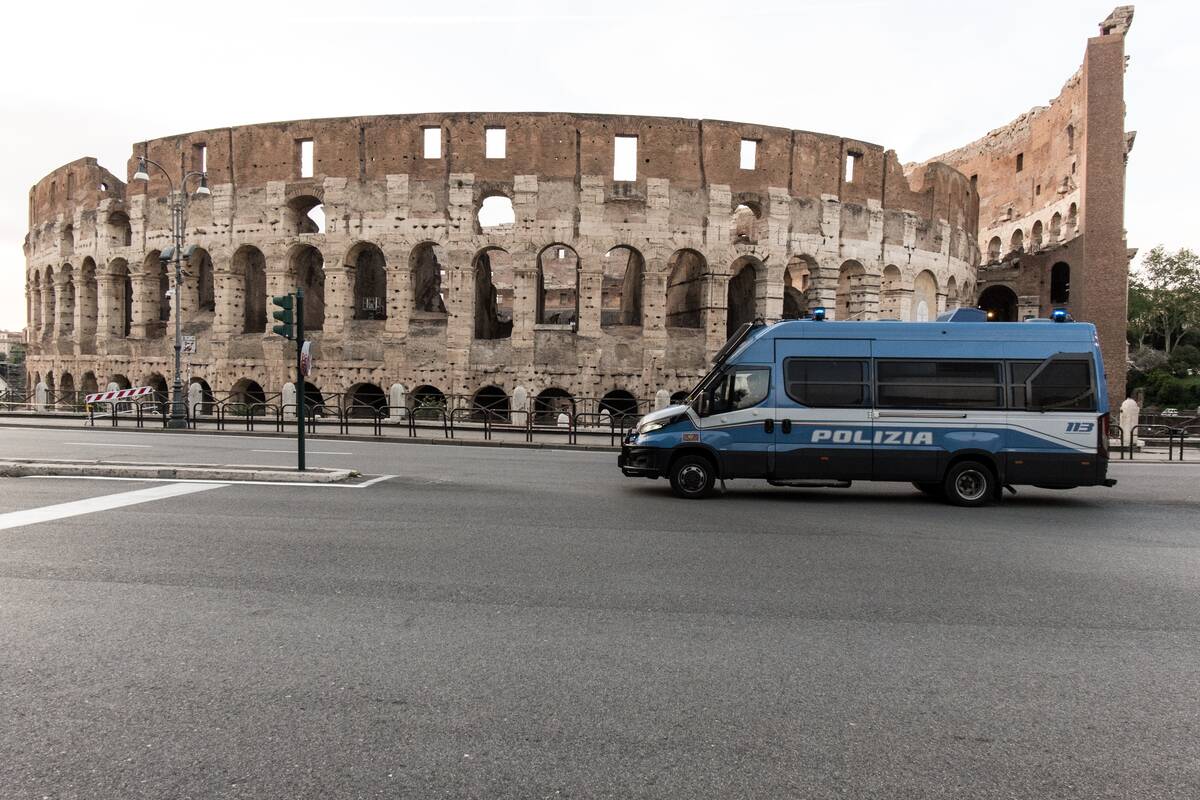
While the Colosseum could once accommodate tens of thousands of spectators, the ruined state of the former seating bowl makes this impossible in modern times.
Instead, smaller groups of tourists are allowed inside the Colosseum for guided tours. At times, small concerts or events for a few hundred people have been held inside.
Even partially ruined, it’s an impressive structure.
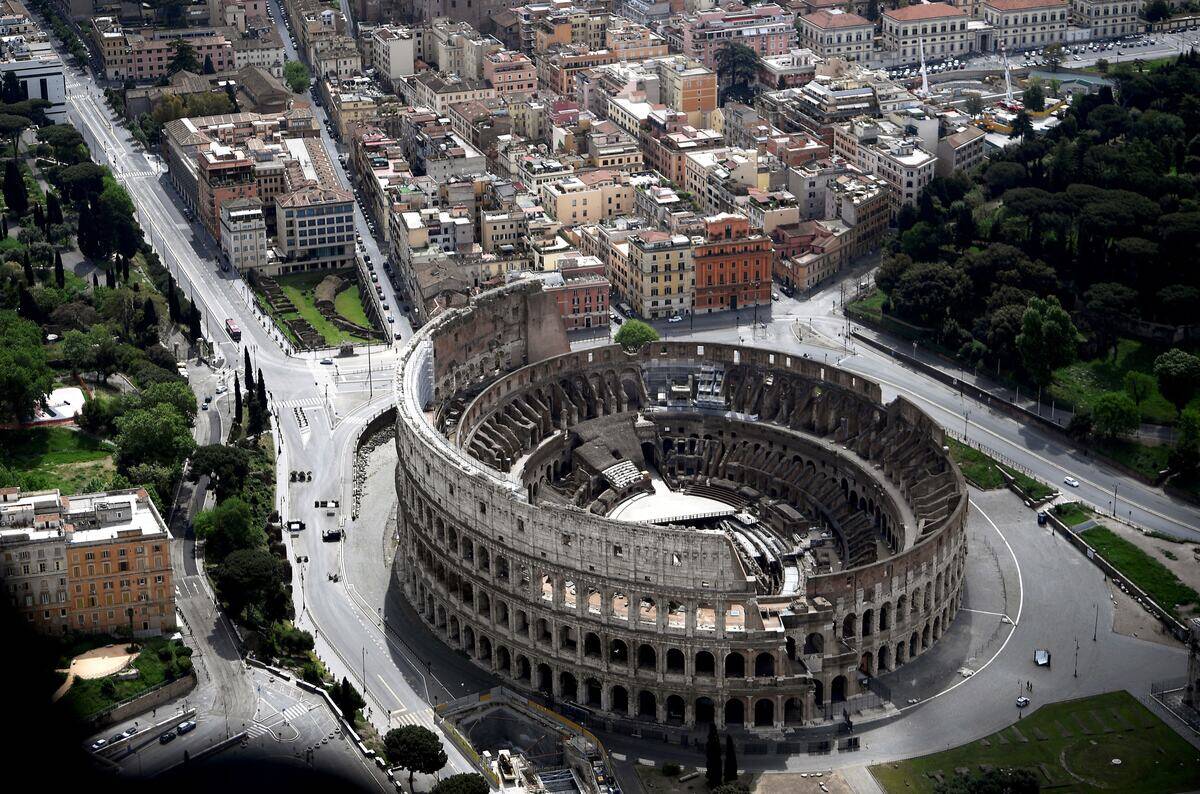
Part of the exterior wall of the Colosseum has crumbled away, but much of the facility is still standing. It’s an imposing 157 feet tall, and measures 615 feet long.
The Colosseum wasn’t just the biggest Roman amphitheatre, it was also the most technologically impressive. While other amphitheatres utilized the surrounding landscape and were built into hills, the Colosseum is entirely free-standing.
It’s similar to modern sports venues.

Just like modern stadiums, the Colosseum was built to accommodate tens of thousands of spectators, and designed to be filled or emptied relatively quickly.
This meant that eighty numbered entrances were built around its perimeters, including several exclusive entrances for the rich and powerful. Each entrance was close to stairs that could quickly take people to their seats.
It could probably hold around 50,000 people.
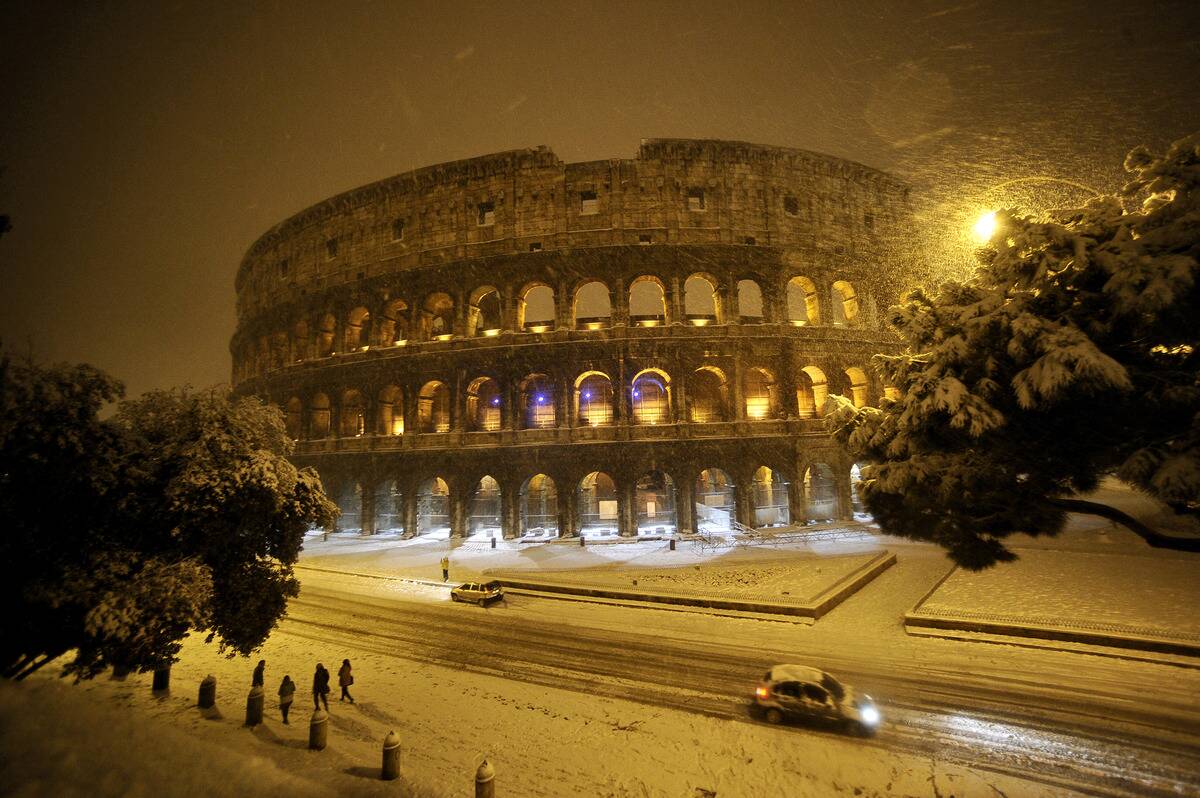
Old accounts state that the Colosseum could hold around 87,000 spectators, but modern estimates say that the true figure was around 50,000 — a few thousand less than Dodger Stadium.
Like modern stadiums, the wealthy sat in special boxes with the best views of the stadium floor, while poorer people sat in general admission benches high in the seating bowl.
The arena floor was complex.

It’s tough to get an idea of what the ancient Colosseum looked like, because the modern Colosseum floor appears to be a series of mazes.
That’s because the original floor was a series of wooden boards that were mounted above the maze structure and covered with sand. The maze structure was actually a series of hallways and passageways called a hypogeum to allow gladiators, animals, and other performers to quickly enter the fight.
It was part of a larger facility.
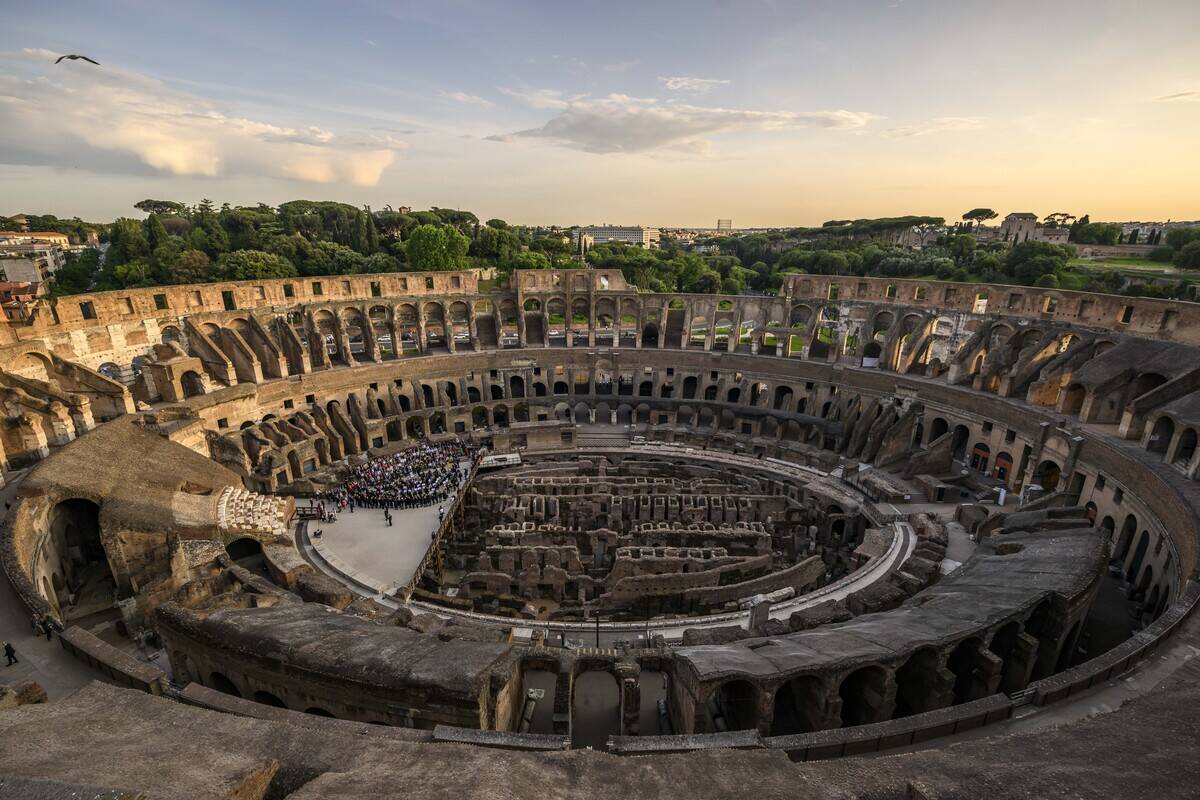
The hypogeum could accommodate people and animals, but the full spectacle of a Colosseum show needed more space for all of its performers.
The hypogeum was connected not just to the arena floor itself, but also to a series of tunnels that led to stables, barracks, and other facilities that were just outside of the Colosseum.
Shows weren’t always violent.
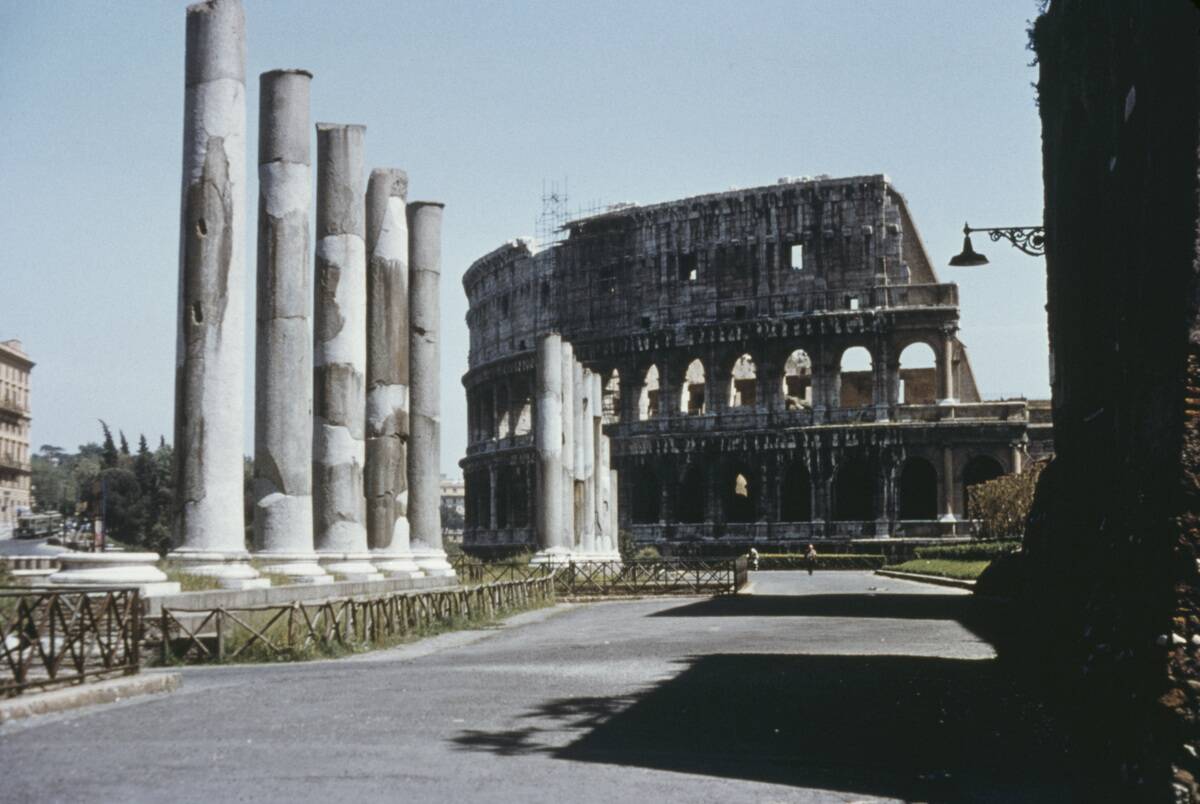
The Colosseum has a well-deserved, historically documented reputation for being the site of bloodshed, but not all forms of entertainment were necessarily violent.
One notable exception to the carnage was known as sylvae, which was a recreation of natural scenes. These were involved displays that simulated real forests, including meticulously painted displays and real animals.
It’s undergone extensive renovations.
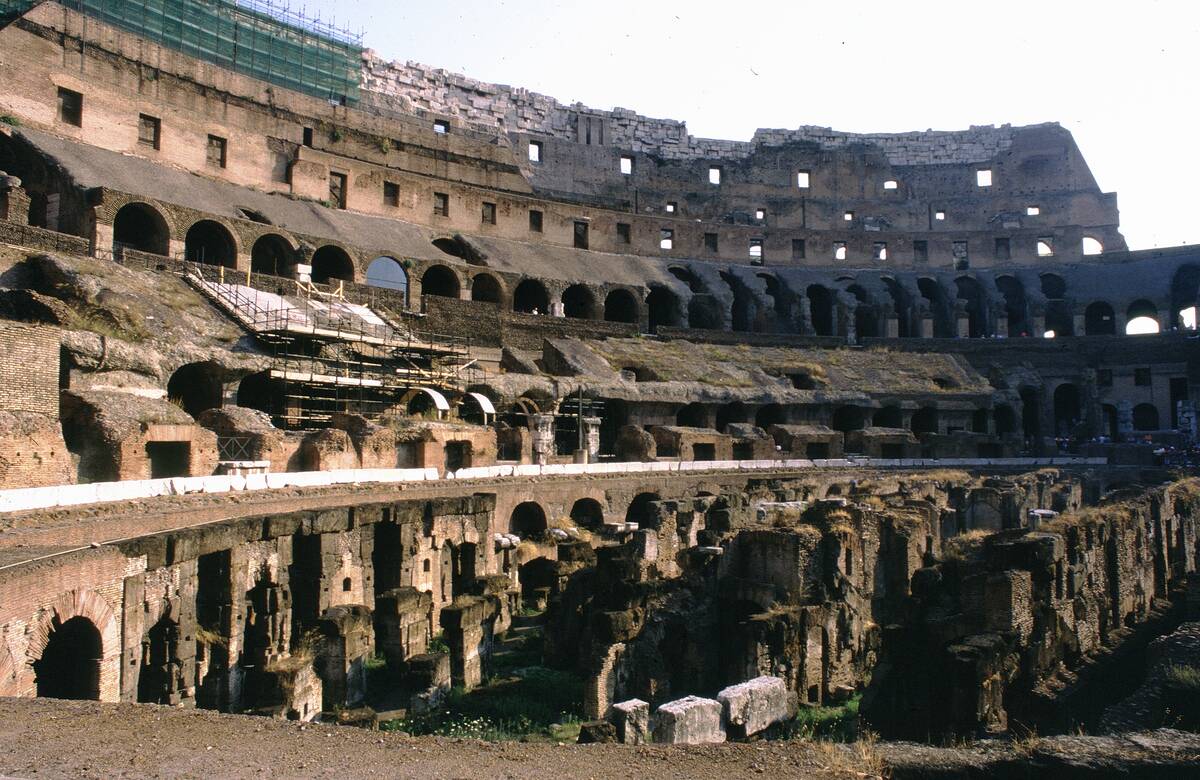
A massive, crumbling stone stadium that dates back more than 2,000 years is understandably going to need a lot of preservation work, and this has been going on, in one form or another, for centuries.
The subterranean passageways under the arena floor were officially opened up to the public in 2010 after years of restoration work.
Modern technology has caused damage.
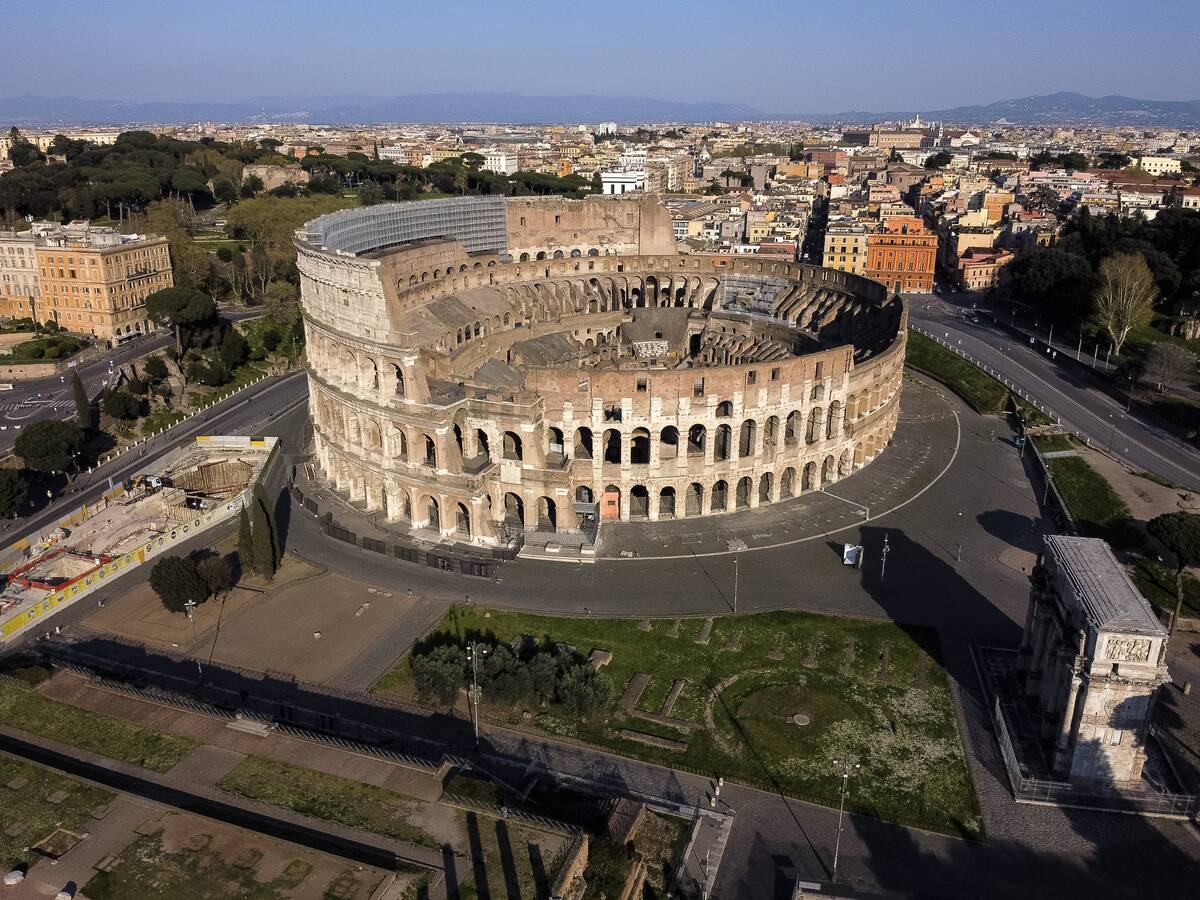
The Colosseum was rocked by natural disasters in its early days, but in modern times, its biggest enemy is pollution. Millions of dollars have been poured into cleaning up its edifice from the soot that’s accumulated over the years.
A controversial public-private sponsorship in 2011 resulted in the first full cleaning and repair in the Colosseum’s long history.
It’s Rome’s most famous landmark.
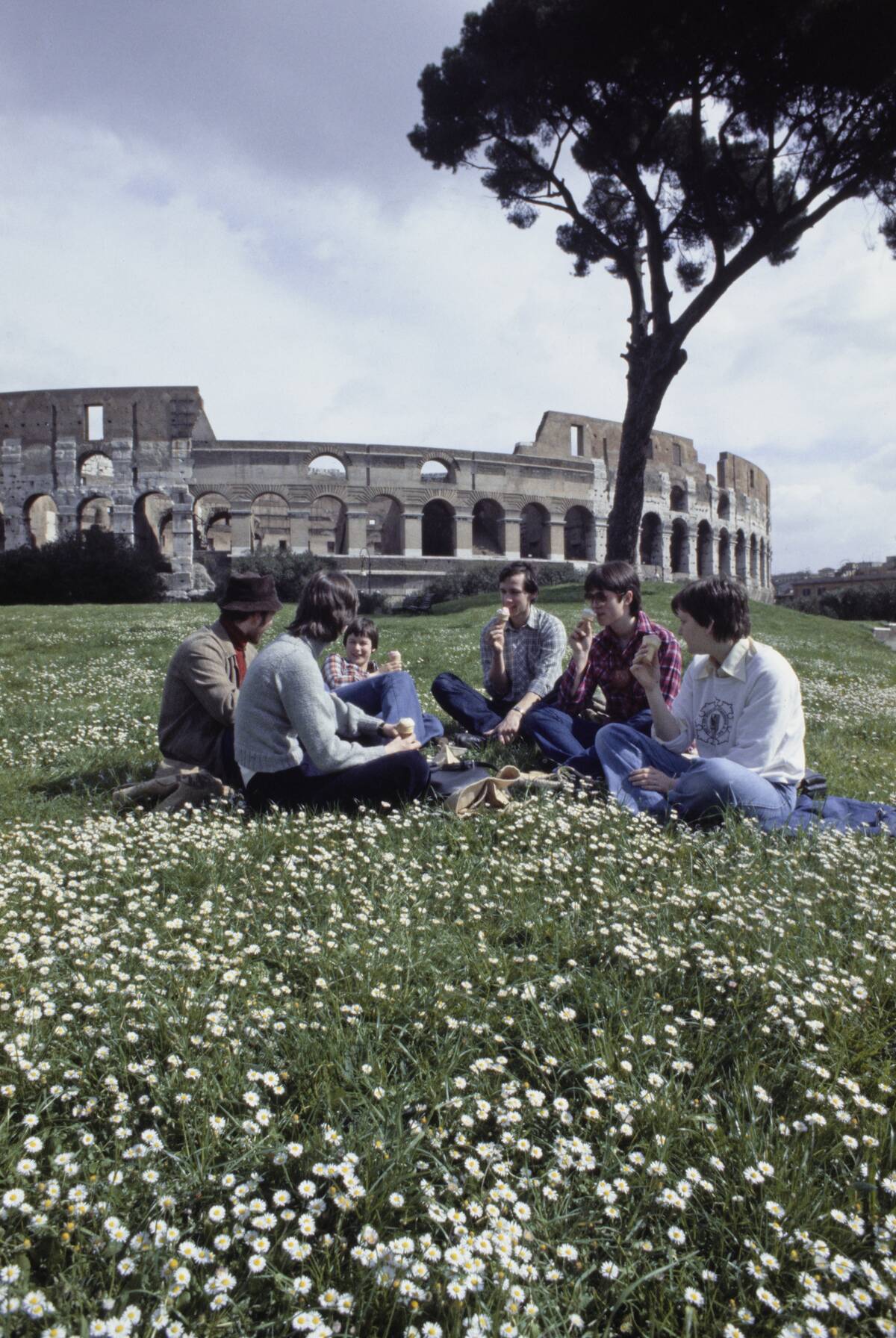
Rome is an undeniably historic city, full of incredible sites, but the Colosseum is likely the most powerful symbol of Rome.
While bigger buildings have gone up over the centuries, the imposing structure of the Colosseum can still be seen from blocks away, and creates a breathtaking and unforgettable site for visitors.



